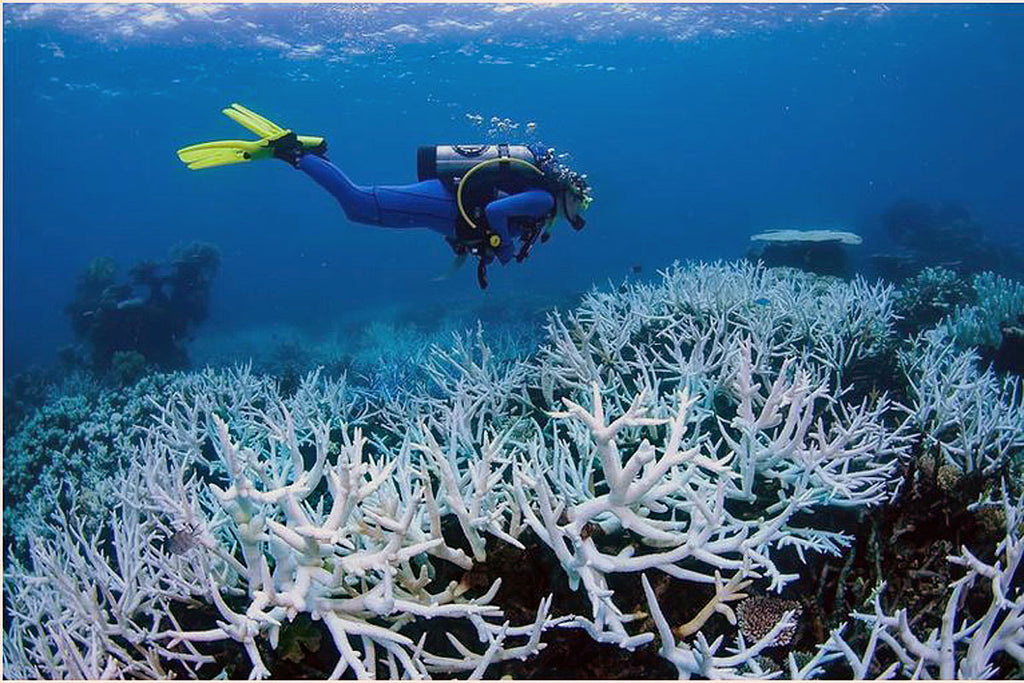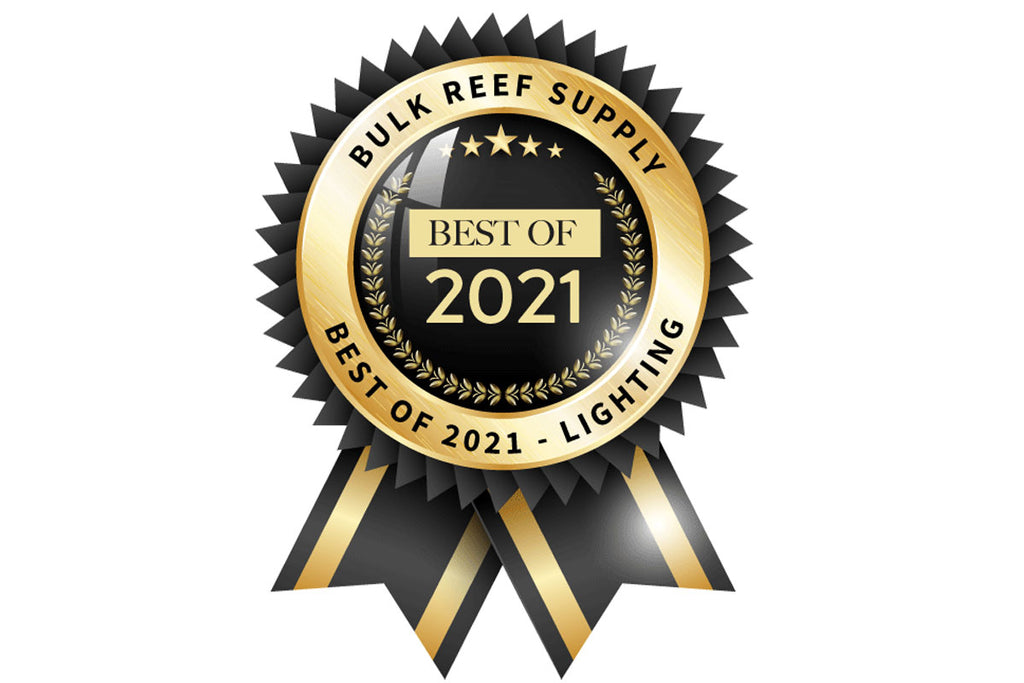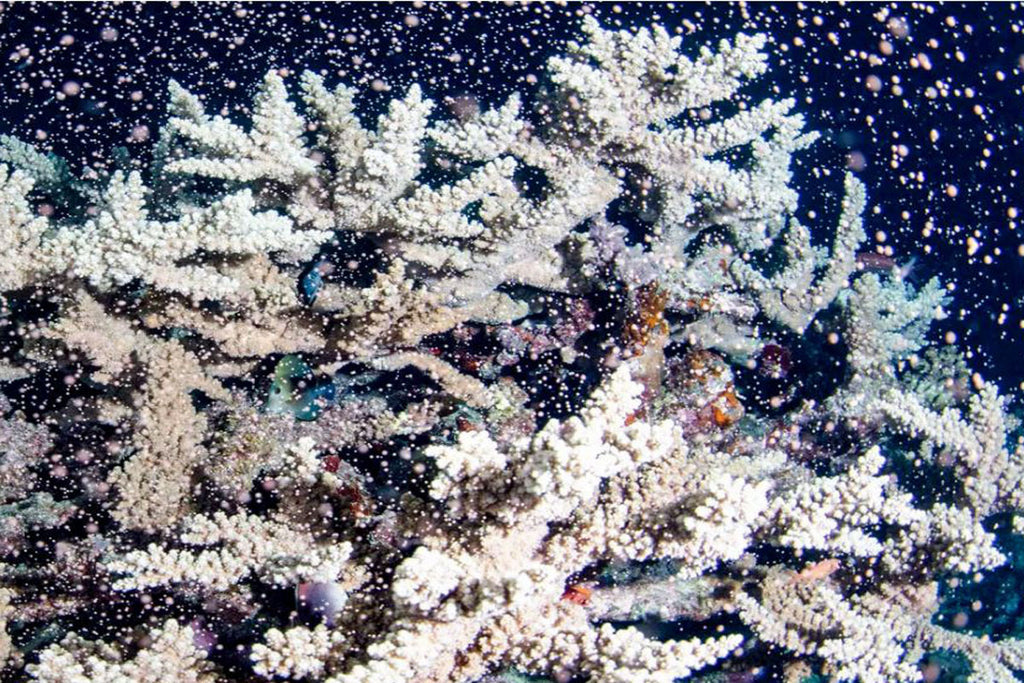How CO2 Can Impact Di Resin Consumption
- News
- 28 Dec, 2018
If you use DI resin to make 0 TDS water, you may have read about various factors that impact deionization resin life. One of the most common reasons for reduced DI cartridge life is high carbon dioxide (CO2) content in low pH (acidic) water. CO2 levels in low pH water like well water can be as high 50-100 ppm. Since carbon dioxide is a small dissolved gaseous molecule it passes right through the reverse osmosis membrane and into your DI cartridge. Carbon dioxide is usually weakly ionized and not detected easily by conductivity meters, so it impacts the anion-exchange process in the deionization cartridge significantly, thereby reducing its expected life. Therefore, CO2 removal from RO product water will significantly increase the usable life of a deionization cartridge.
While you might find high CO2 water in any municipal water supply, it tends to be especially prevalent for those who have well water as their household supply water. This CO2 effect can generally be detected in the form of acidic water (the presence of carbonic acid) which will usually render itself more neutral after it has been left to sit out for a while in a well ventilated area.
The problem is most people are unlikely to aerate their water before pushing it through a RO/DI system, even though it is quite easy and inexpensive to build a CO2 degasser that will do the trick – more on this at the end of this post. That means many people end up going through their DI resin faster than they would like. If you have an Alkalinity (kH) test kit, a pH test kit and a handheld or inline TDS meter, you can calculate how much deionization (DI) resin is being depleted by carbon-dioxide (CO2) using this calculator:
https://www.hamzasreef.com/Contents/Calculators/CO2DIDepletion.php
All four input parameters should be measured on the water entering the DI resin cartridge, usually post-Membrane (the water leaving the RO filter). There are also several good CO2 test kits available to help you test for CO2 in your supply water – we recommend the ones made by Hach and LaMotte.
It is possible to build a simple DIY CO2 degasser with 3” PVC pipe, a few PVC parts, a simple aquarium air pump and air stones. See images and instructions from a REEF2REEF member HERE
Aeration procedure for CO2 removal-
RO product water is collected in a 3 ft. tall PVC column with an air stone resting at the bottom. Air from an air pump is pumped into the column with RO product water. The degassed water (almost free of CO2) is collected from the top of the column and then gravity fed into a Deionization (DI) cartridge. This degasser works best with standard 10” refillable DI cartridges with bottom-up flow. If using a smaller 21-CI inline deionization cartridge, be sure to have the cartridge horizontal for stronger flow.
While you might find high CO2 water in any municipal water supply, it tends to be especially prevalent for those who have well water as their household supply water. This CO2 effect can generally be detected in the form of acidic water (the presence of carbonic acid) which will usually render itself more neutral after it has been left to sit out for a while in a well ventilated area.
The problem is most people are unlikely to aerate their water before pushing it through a RO/DI system, even though it is quite easy and inexpensive to build a CO2 degasser that will do the trick – more on this at the end of this post. That means many people end up going through their DI resin faster than they would like. If you have an Alkalinity (kH) test kit, a pH test kit and a handheld or inline TDS meter, you can calculate how much deionization (DI) resin is being depleted by carbon-dioxide (CO2) using this calculator:
https://www.hamzasreef.com/Contents/Calculators/CO2DIDepletion.php
All four input parameters should be measured on the water entering the DI resin cartridge, usually post-Membrane (the water leaving the RO filter). There are also several good CO2 test kits available to help you test for CO2 in your supply water – we recommend the ones made by Hach and LaMotte.
It is possible to build a simple DIY CO2 degasser with 3” PVC pipe, a few PVC parts, a simple aquarium air pump and air stones. See images and instructions from a REEF2REEF member HERE
Aeration procedure for CO2 removal-
RO product water is collected in a 3 ft. tall PVC column with an air stone resting at the bottom. Air from an air pump is pumped into the column with RO product water. The degassed water (almost free of CO2) is collected from the top of the column and then gravity fed into a Deionization (DI) cartridge. This degasser works best with standard 10” refillable DI cartridges with bottom-up flow. If using a smaller 21-CI inline deionization cartridge, be sure to have the cartridge horizontal for stronger flow.







